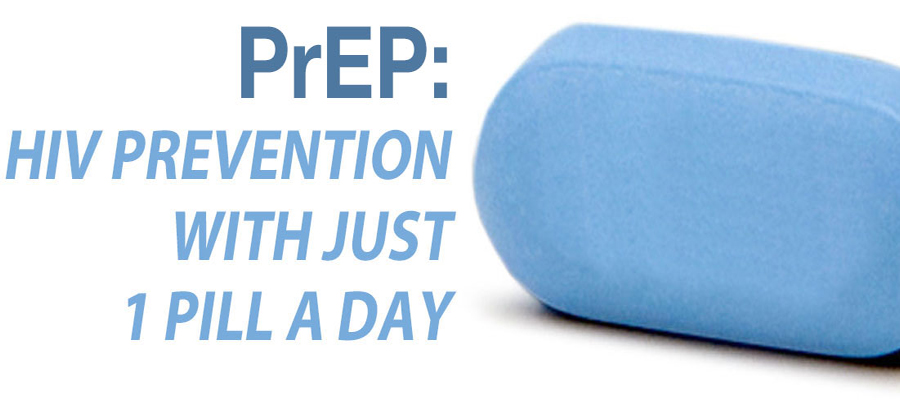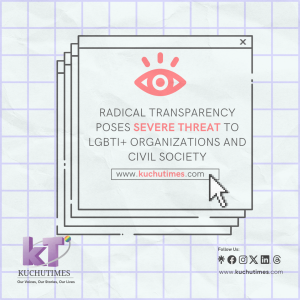BREAKING DOWN PrEP
Pre = before
Exposure = coming into contact with HIV
Prophylaxis = treatment to prevent an infection from happening
Pre-exposure prophylaxis (PrEP) is an HIV prevention strategy where HIV-negative individuals take anti-HIV medications before coming into contact with HIV to reduce their risk of becoming infected. The medications work to prevent HIV from establishing infection inside the body.
PrEP has been shown to reduce risk of HIV infection through sex for gay and bisexual men, transgender women, and heterosexual men and women, sex workers as well as among people who inject drugs.
It does not protect against other sexually transmitted infections (STI) or pregnancy and is not a cure for HIV.
What is the difference between PrEP and PEP?
Post = after
Exposure = coming into contact with HIV
Prophylaxis = treatment to prevent an infection from happening
Post-exposure prophylaxis (PEP) is an HIV prevention strategy where HIV-negative individuals take HIV medications after coming into contact with HIV to reduce their risk of becoming infected. PEP is a month-long course of drugs and must be started within 72 hours after possible exposure.
IS PrEP FOR YOU?
There are now a variety of ways that you can choose to stay safe when having sex. Choosing a strategy that suits you and your personal circumstance is crucial. Whether you choose to use condoms, take PrEP or rely on treatment as prevention, it is important that your choice is an informed one.
PrEP is recommended for people who are at high risk of acquiring HIV. Clinical guidelines stipulate that PrEP should be prescribed to HIV negative people who are at an ongoing risk of acquiring HIV. These people might be gay or other same-sex attracted men who do not always use condoms with casual partners when having anal sex. They could also be other categories of key populations or anyone who might be at risk of easily contracting the HIV virus.
How does PrEP work?
The principle of PrEP is similar to that of antimalarial tablets used to prevent malaria . Somebody who does not have HIV takes enough antiretrovirals (ARVs) for there to be high levels of the drugs in their bloodstream, genital tract and rectum before any exposure to HIV. If exposure occurs, the ARVs stop the virus from entering cells and replicating. This prevents HIV from establishing itself and the person remains HIV negative.
Why is PrEP needed when effective prevention methods are already available?
Male and female condoms, when used consistently and correctly, are highly effective against HIV. Moreover, a diverse range of behavioural interventions have been implemented since the 1980s. Despite this, there are thousands of new HIV infections every year. PrEP has the potential to prevent new infections among some of those at greatest risk of acquiring HIV. \
Although condoms work well for many people, describing them as the only acceptable method of HIV prevention is not helpful. PrEP gives clinicians and HIV prevention workers an additional option that will be appropriate for some, but not all, people. Individuals may need different HIV prevention options for different periods of their lives as their circumstances change.
Side Effects
PrEP is generally safe and well tolerated and most people on PrEP report experiencing no side effects, but some side effects were reported in clinical trials. According to aidsmap.com participants in the iPrEx study reported side effects that fall into four main categories
Nausea: 9% of those who received Truvada reported nausea in the first month, compared with 5% of those who received placebo. After the first month, there was no difference in reported rates of nausea among those who received Truvada and those who received placebo.
Headaches: 4.5% of participants who received Truvada reported headaches, compared with 3.3% of those who received placebo.
Weight loss: 2.2% of those who received Truvada reported unintentional weight loss of more than 5%, compared with 1.1% of placebo users
Small increases in serum creatinine: Truvada is known to cause small increases in serum creatinine, a naturally occurring molecule filtered by the kidneys. In this study, 0.3% of those who received Truvada experienced mild increases in serum creatinine that persisted until the next test. Creatinine levels went back down once these participants stopped taking PrEP. Four of the five participants restarted PrEP without recurrence of the creatinine increase. Investigators monitored kidney function throughout the study and found no serious problems.For most people, these side effects went away on their own after the first few weeks of taking Truvada, or when the medication was stopped.
Below is a video of Ms Goretti Katushabe, an Adherence Counselor at MARPI Uganda; she talks to Kuchu Times about the recent introduction of the life saving treatment and urges all key populations to embrace it.




